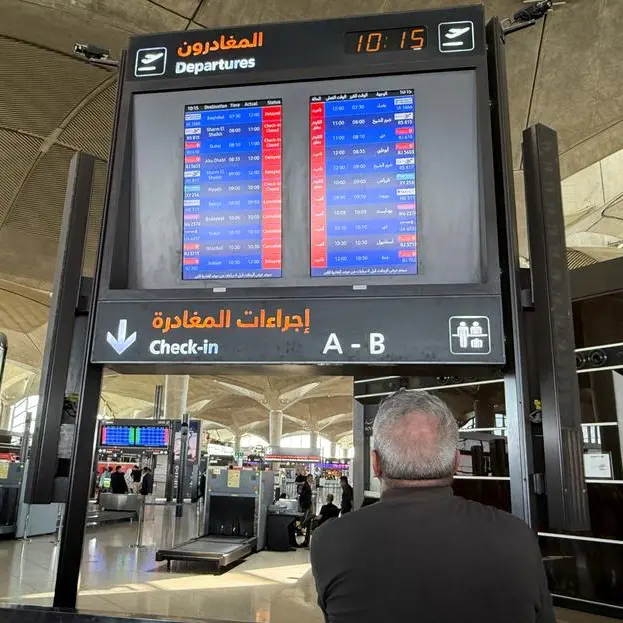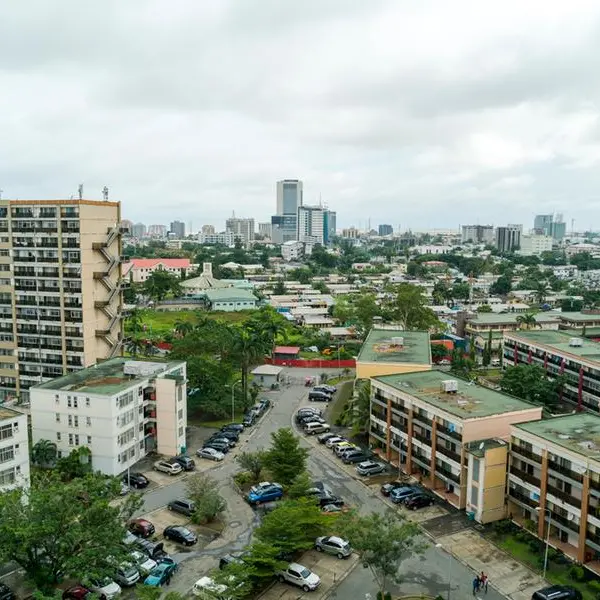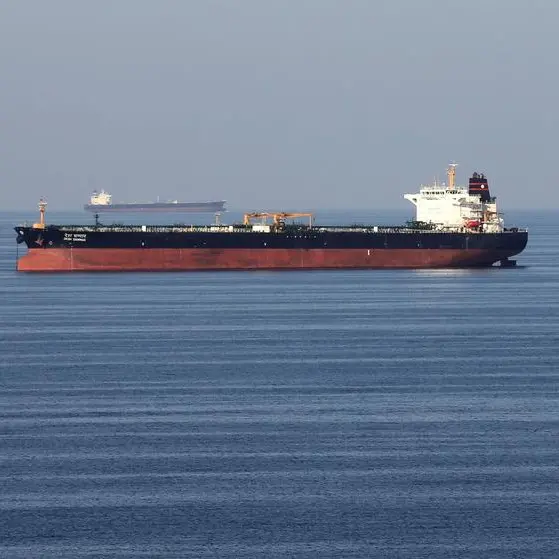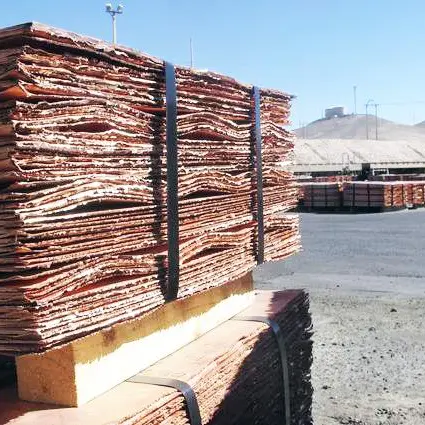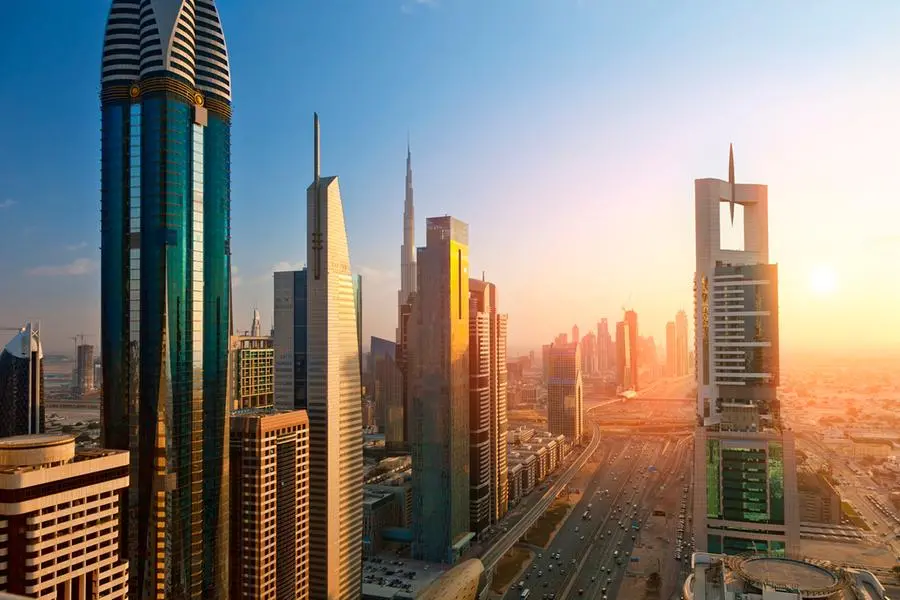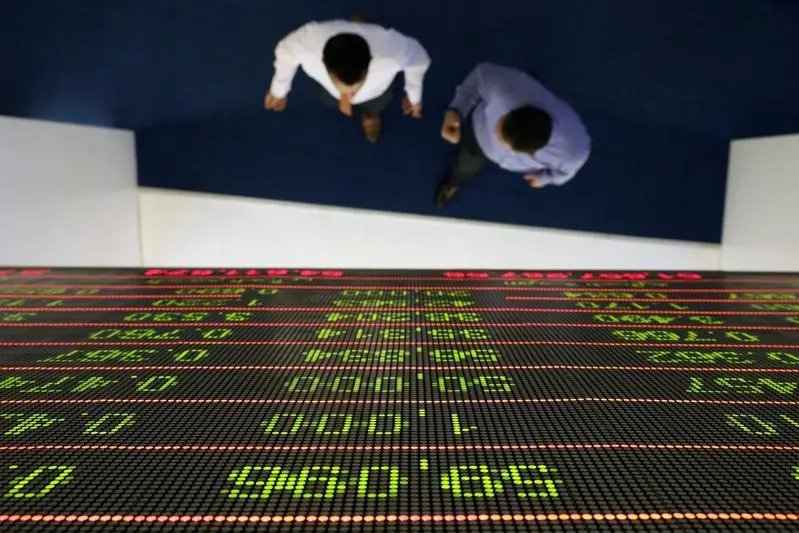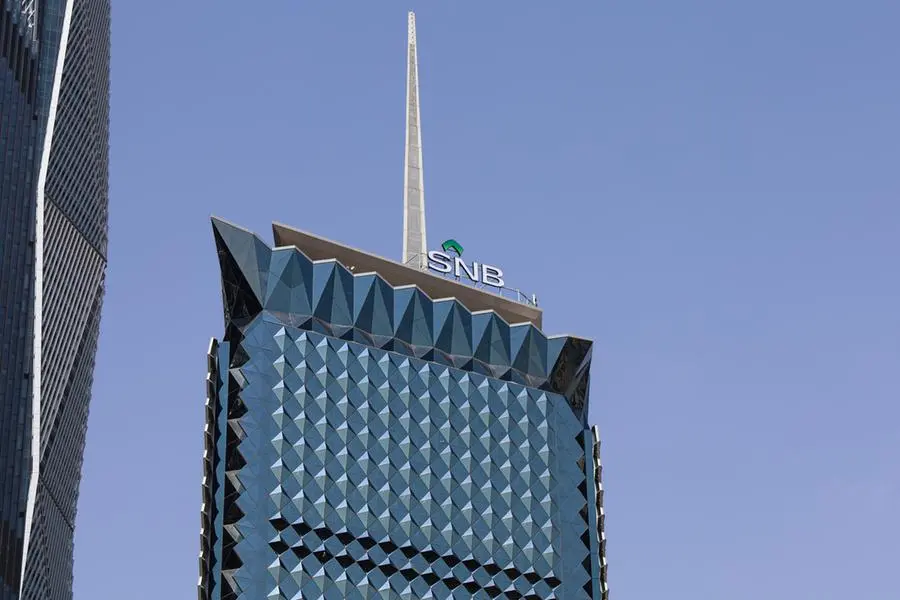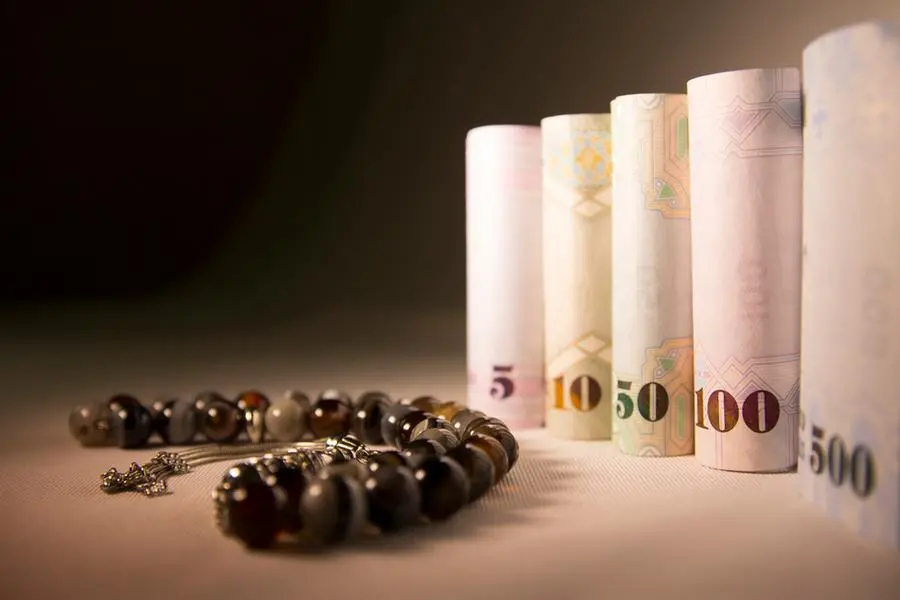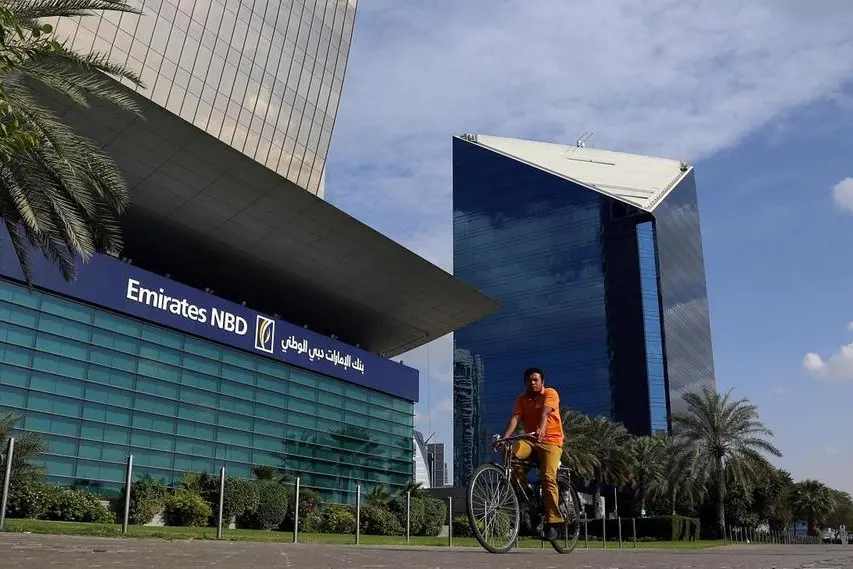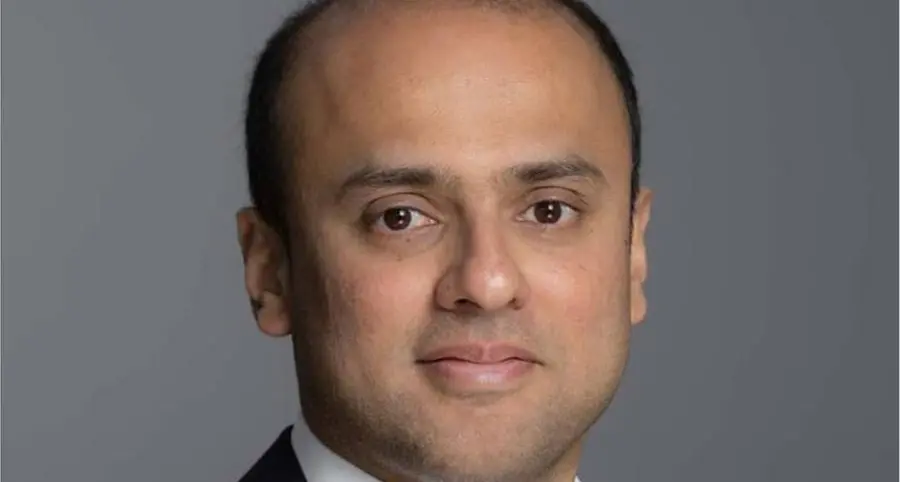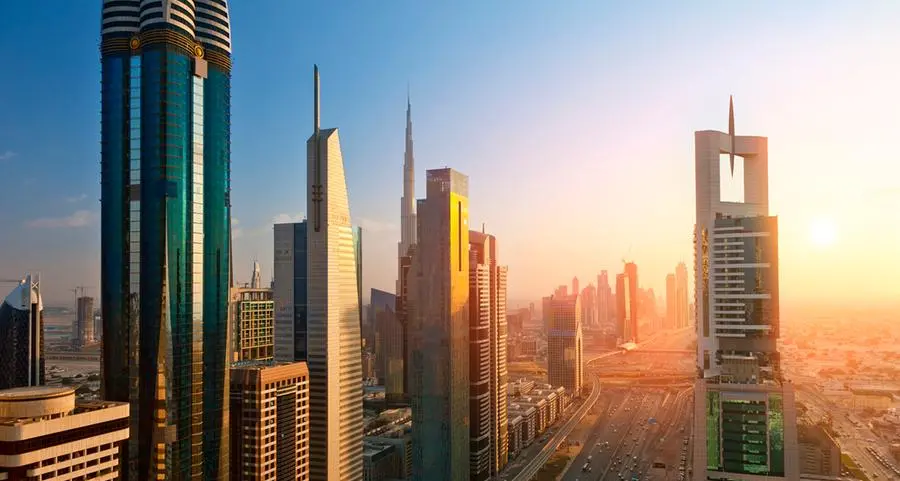27 December 2007
Year in review
BEIRUT: The year 2007 in Lebanon witnessed the deadliest internal violence since the 1975-90 Civil War, as the Lebanese Armed Forces (LAF) battled Fatah al-Islam militants at the Nahr al-Bared Palestinian refugee camp near Tripoli from May 20 until early September before routing the militants.
The three-month conflict left the camp, officially home to more than 31,000 Palestinian refugees, a mostly uninhabitable jumble of perforated concrete. A total of 168 LAF soldiers, more than 220 militants and more than 20 civilians died in the 15 weeks of fighting, while more than 200 people remain in custody on criminal charges stemming from the conflict.
Since the battle ended in early September, less than one-quarter of the camp's residents have returned to less-damaged areas, while early estimates place the cost of rebuilding Nahr al-Bared and six surrounding communities at more than $400 million, including emergency assistance for those affected by the fighting.
The conflict at Nahr al-Bared broke out when Fatah al-Islam gunmen blitzed an army checkpoint on the camp's outskirts on May 20 after security forces raided a purported Fatah al-Islam safe house in Tripoli while investigating a May 19 bank robbery in the village of Amioun.
The authorities' raid in Tripoli's Mitain Street sparked a firefight with the robbery suspects, and shortly thereafter the militants' cohorts in Nahr al-Bared launched their onslaught, killing 27 LAF soldiers.
The army encircled the camp a few days after the outbreak, while most of the camp's official count of 31,000 residents fled in the early days of the siege. The LAF faced a conundrum, as Lebanese security forces had not entered any of Lebanon's 12 refugee camps since the 1969 Cairo Agreement. In addition, thousands of civilians remained in Nahr al-Bared.
Meanwhile, late on May 20 a bomb exploded near the ABC mall in East Beirut's Achrafieh neighborhood, killing an elderly woman who lived next to the parking lot where the bomb went off. Another eight explosions rattled Beirut and its environs in the following weeks, although authorities have not yet conclusively linked the bombings to Fatah al-Islam.
More violence soon erupted at the restive Ain al-Hilweh camp in Sidon, as two LAF soldiers and two Jund al-Sham Islamic militants were killed during clashes on June 4-5.
At Nahr al-Bared, the army launched an offensive in early June, but it took troops some three weeks to dislodge Fatah al-Islam gunmen from positions around the camp's perimeter.
Under the cover of mortars and tank artillery, LAF troops pushed Fatah al-Islam into the part known as the old camp, a ring-shaped area bordered by the Mediterranean Sea and the site of the original refugee camp, which had long outgrown its old borders. The old camp, aside from being the camp section with the densest construction and narrowest roads, also offered the militants a warren of underground tunnels and bunkers.
The congested environment of the camp made fighting difficult for LAF troops, and Fatah al-Islam militants had extensive training and were well-armed. The US sent five cargo planes with materiel for the LAF, including ammunition and night-vision eyewear.
Retired General Elias Hanna told The Daily Star at the time that once the LAF had surrounded the camp, Fatah al-Islam was finished in military terms, but the army's slow advance dragged on until early September.
Even with only some 1,500-2,000 elite combat troops, the army had enough manpower to fight in the camp's confined conditions, but a lack of practice in urban warfare also held back the military's progress, Hanna said.
"They are not trained for this type of urban warfare," he said then. "This kind of warfare is very difficult. Urban warfare has its own logic and its own culture. It needs more training.
"The real force fighting in Nahr al-Bared is not more than 1,000 - due to the area and the nature of the fighting, you cannot use 2,000."
The near-total absence of open spaces in the Nahr al-Bared camp made urban-fighting tactics even more complicated for the soldiers, as did their dearth of intelligence on Fatah al-Islam, Hanna said.
With the constricted layout of the camp, the army followed a strategy known as the salami tactic: like cutting slices from salami, infantry troops advanced on the heels of bombing to take a new piece of territory, and then the army reinforced the position and prepared to seize more ground, a high-ranking army officer said.
For the bombing aspect of the tactic, army helicopters started dropping 250-kilogram bombs on Fatah al-Islam positions in the camp on August 9 and upped the tonnage to 400 kilograms on August 18, an amount large enough to destroy a multi-storey building.
Fatah al-Islam unleashed its own arsenal on July 13, when militants began spraying areas around the camp with Katyusha rockets. Of the dozens of rockets fired into the camp's surroundings, two 105-millimeter Katyushas damaged the Deir Ammar power plant on August 2, triggering daily shortages of electricity throughout the country. Exacerbating the electricity deficit, fuel tankers refused after the rocket attack to dock at the power station, one of Lebanon's largest.
As the battle alternated intense combat with long periods of lull, other issues began to arise. For example, Fatah al-Islam militants apparently had escape routes from the camp, as Fatah al-Islam number two Abu Hureira was killed in Tripoli's Abi Samra neighborhood in early August by security forces. In addition, four members of an alleged Fatah al-Islam sleeper cell were arrested on August 11 in Sidon, and three of them were indicted for July 18 bombings in Kfar Falous and Roum in South Lebanon.
A humanitarian crisis also engulfed the tens of thousands of displaced Nahr al-Bared residents, about half of whom took refuge in the nearby Beddawi refugee camp. Some 2,200 refugee families found shelter in eight UN Relief and Works Agency (UNRWA) schools in Beddawi and public schools in the village of Beddawi, and many evacuees complained of unsanitary conditions, as well as shortages of water and privacy.
UNRWA announced a flash appeal in early June, seeking $12.66 million in emergency relief to last the refugees through August. Donors pledged about $17 million, UNRWA officials have said.
After the last few dozen militants were trapped in the bowels of the camp, attention also turned to the predicament of the gunmen's wives and children, who had retreated with the militants to the old camp. Palestinian clerics mediated between Fatah al-Islam and the LAF, and 25 wives and 38 children were evacuated on August 24. Some of the family members went to live with relatives, while the majority were shepherded to the Dar al-Arqam Mosque in Sidon. Eventually, all the wives and children wound up with family in Lebanon, Syria or Jordan.
In August the battle inside the camp became almost routine and was eclipsed in the media by the ongoing political deadlock. Ground clashes occurred in the mornings, punctuated by occasional LAF bombing runs and Fatah al-Islam Katyusha fire.
However, the conflict came to a dramatic climax, as the LAF snuffed out a surprise attack by most of the remaining Fatah al-Islam militants, who staged three pre-dawn attempts on September 2 to break out of the camp. The army killed 39 militants and captured 21 during the morning clashes.
At about 3:30 a.m. that day, a group of militants pounced on troops from a tunnel, while another Fatah al-Islam horde attacked an army outpost as a white Mercedes arrived in support with three militants from outside the camp.
Although the LAF turned back the breakout bid, some militants, including Fatah al-Islam leader Shaker al-Abssi, escaped. After the battle, soldiers and local residents celebrated together briefly, as troops erected checkpoints on roads throughout the country and inhabitants of many surrounding villages fired guns in the air to mark the army success.
The fighting had prompted an outpouring of support in Lebanon for the troops, and when the soldiers moved south en masse after the fighting ended, their journey along the coastal highway turned into a victory parade, with joyous throngs cheering on the soldiers. The broad backing for the LAF also undoubtedly contributed to the emergence of LAF commander General Michel Suleiman as a candidate for Lebanon's presidency - Lebanon's feuding political camps have declared their backing for Suleiman, although MPs have failed in 10 attempts to convene Parliament for an electoral session.
For the fortnight following the foiled Fatah al-Islam mass escape, troops continued to comb fields and buildings around the battered camp in a search for fugitive militants, as military helicopters provided aerial reconnaissance.
Inside the camp, army sappers set off booby traps left by Fatah al-Islam, after soldiers had burned down buildings during the conflict to set off the booby traps. The LAF still has not finished clearing ordnance from the old camp. The army also removed bodies of killed militants and apprehended a few last Fatah al-Islam stragglers. State Prosecutor Saeed Mirza has indicted more than 200 people with crimes connected to Fatah al-Islam, although he has not given any information about when trials will begin.
With the battle over, attention turned to the rebuilding of the camp. Prime Minister Fouad Siniora launched another UNRWA appeal on September 10, appealing to international donors for $55 million to care for the displaced through August 2008.
Reconstructing the camp and six surrounding communities could cost more than $382 million, according to studies released at the September 10 donor conference.
However, with limited access to the demolished camp, the government's chosen construction firm Khatib and Alami has said that the estimates are preliminary.
UNRWA has pledges for about $29 million of the $55 million requested, including the $5 million in excess funds given for the June flash appeal. The largest donation has
come from the United States, which pledged $10 million at the September conference, while other entities promising future support include European Union, Saudi Arabia, Germany, the United Arab Emirates, Canada, Kuwait, Spain, Egypt, Italy and Norway.
After three months of bloodshed with Fatah al-Islam and with violent incidents still cropping up intermittently at Ain
al-Hilweh, Siniora made clear that Lebanese security forces would be present in the rebuilt Nahr al-Bared, and he acknowledged the dangers at the other refugee camps.
"The situation in the camps is urgent and unsustainable," Siniora said. "We will also ensure that the security situation does not return to the status quo ante. The Lebanese state intends to provide the Palestinians with real security under the rule of law, rather than have it administered under special security arrangements."
Some 1,300 of Nahr al-Bared's official count of 5,500 families have moved back into the camp despite the dire conditions, said UNRWA officials. Khatib and Alami has said 65 percent of the homes in the new camp remain inhabitable, although UNRWA Commissioner-General Karen AbuZayd said the devastation at Nahr al-Bared outstrips what she saw after Israeli onslaughts in the Jenin refugee camp in the Occupied West Bank in April 2002 and in the Gaza Strip in 2004.
"In decades of service with the United Nations, I have witnessed nothing like this," AbuZayd said on November 13. "Bare statistics did little to prepare me for the enormity of the destruction in Nahr al-Bared. Nearly every building there has been reduced to rubble. I fear there are few structures that can be saved."
Compared to the targets in Jenin and Gaza, Nahr al-Bared is "a much larger area," AbuZayd told The Daily Star at the time. "We're talking about something that's for 30,000 people," she added. "What you have are huge mounds of rubble."
In addition to the Nahr al-Bared residents who have gone back to the camp, another 122 Nahr al-Bared families have moved into 122 single-family temporary housing units built by UNRWA on land it acquired next to Nahr al-Bared, UNRWA spokeswoman Hoda al-Turk has said. However, the winter's first rains revealed leaks in the dwellings' roofs and walls, and UNRWA is now performing house by house, she added. The agency is preparing to build 400 more units "very soon" and will try to make the new structures waterproof, Turk said.
UNRWA has also been providing rent subsidies to almost 2,000 families of the roughly 3,000 families who have found their own accommodation, she said. Other evacuees are living with host families, some are staying in mosques, and 286 families remain in UNRWA schools in the nearby Beddawi refugee camp, she added.
The presence of the Nahr al-Bared evacuees in the schools outside the Beddawi camp, however, demonstrated the animosity felt by many of the Lebanese. A number of the fallen LAF troops came from the nearby, impoverished Akkar region, and Lebanese demonstrators at least three times blocked the coastal highway and burned tires to call attention to their ambition to rid the schools of the displaced.
Despite the arduous circumstances faced by those who came back to Nahr al-Bared, many have seemed happier since returning to the camp, said Rola Istambouli, who has worked with the Lebanese-Palestinian Dialogue Committee in caring for the evacuees.
"They are much better than outside," she said. "When they were in the schools, they were very anxious [and] tired. They are dreaming now how to rebuild their homes. Before, they were dreaming about returning Nahr al-Bared."


